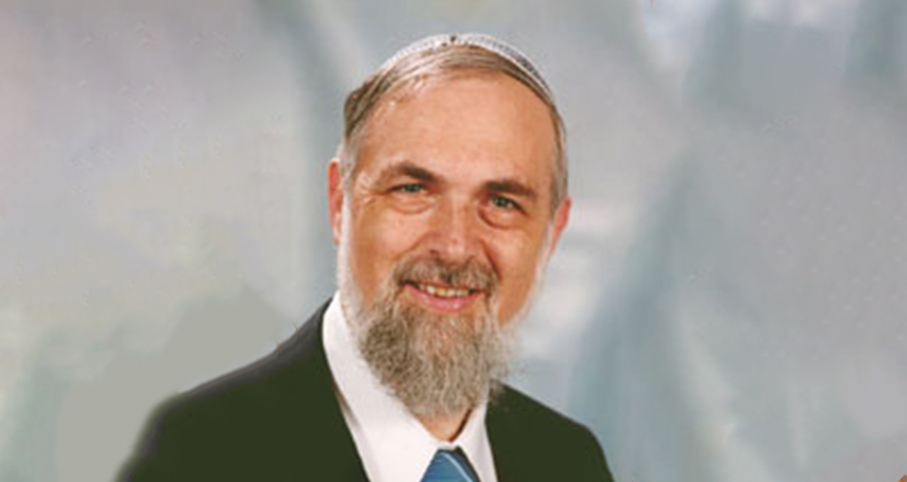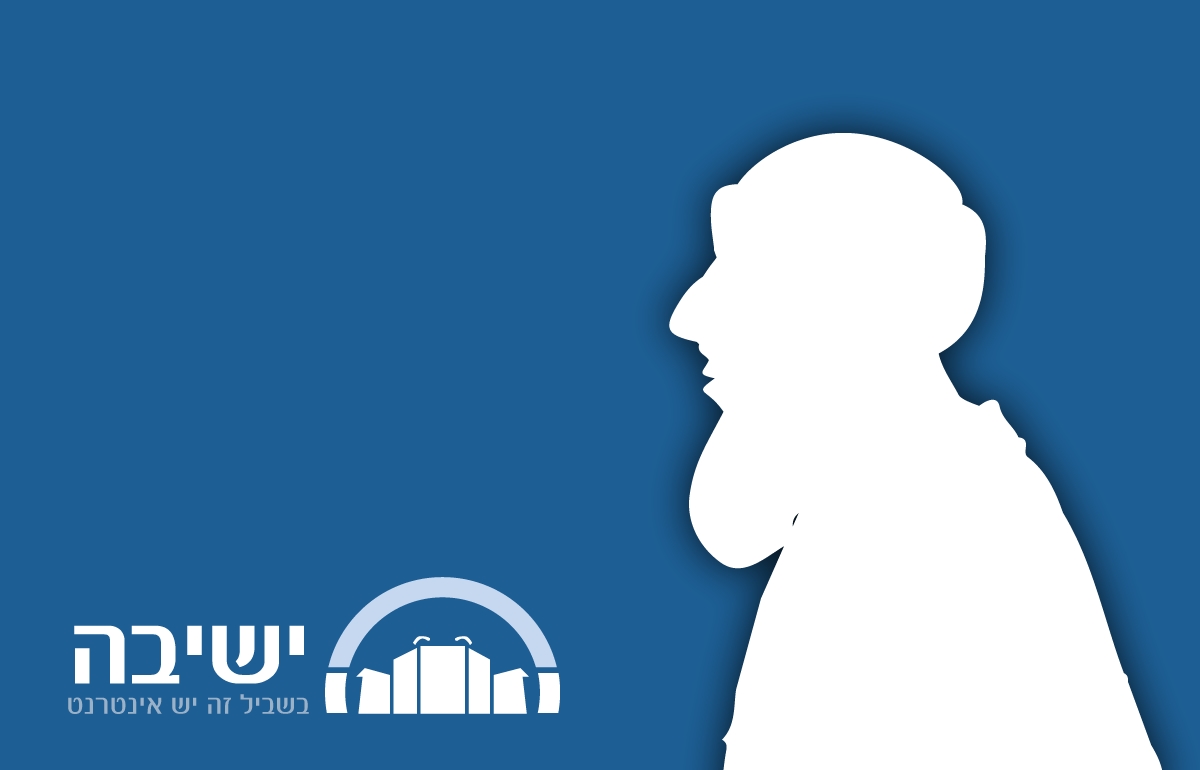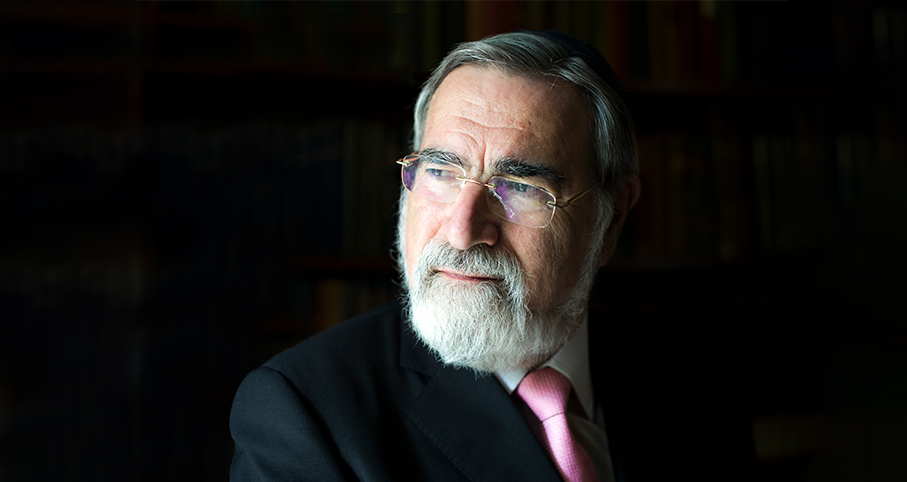Beit Midrash
- Torah Portion and Tanach
- Vayikra
- Bechukotai
- Sections
- Chemdat Yamim
- Parashat Hashavua
Tannaim already disputed the understanding of the ceasing of bad animals from the Land. Rabbi Yehuda said the species would be removed from the world. Rabbi Shimon said that they would only stop damaging (Sifra, Bechukotai 1). The Rishonim also argue about the understanding of the p’sukim. The Rambam and his followers explain the p’sukim as a parable. The Ra’avad and others explain them as miraculous changes in nature. The Ramban explains them as changes that will take place to mankind.
It is possible to connect the above machloket to that between the Rambam and the Ra’avad concerning the building of the third Beit Hamikdash. The Rambam (Beit Habechira 1:1) rules: "It is a mitzva to build a house for Hashem." Then he goes into detail about the steps to make it a most beautiful edifice. He also discusses when and how it can or cannot be built. The Rambam (ibid. 6:14) also rules that there is no need to re-sanctify the location because the first sanctification, which was performed by Shlomo, was for its time and for the future. In any case, it is clear from the Rambam that the third Beit Hamikdash will be built naturally by man.
The Ra’avad (ad loc.) argues and says that even according to those who say that the second sanctification of the Land lasted into the future agree that Yerushalayim and the place of the Beit Hamikdashwere slated for re-sanctification. This is because Ezra knew that things were to change in the future, and the sanctity was to be of a different divine order. Based on a "secret of Hashem that He revealed to those who fear Him," the Ra’avad believed that miracles would occur in the context of the building of the third Temple.
Thus these two central Rishonim are consistent in their perspective on the time of Mashiach. Whether in regard to dangerous animals or building the Beit Hamikdash, the Rambam believed in wonderful times, but times in which nature will not be fundamentally altered. The Ra’avad believed in an abundance of miracles and new, special realities.
In these days, between Yom Ha’atzmaut and Yom Yerushalayim, we thank Hashem for all the good that He has bestowed upon us and pray for the coming of the full liberation, whether it come in the manner that the Rambam or the Ra’avad foresaw.























